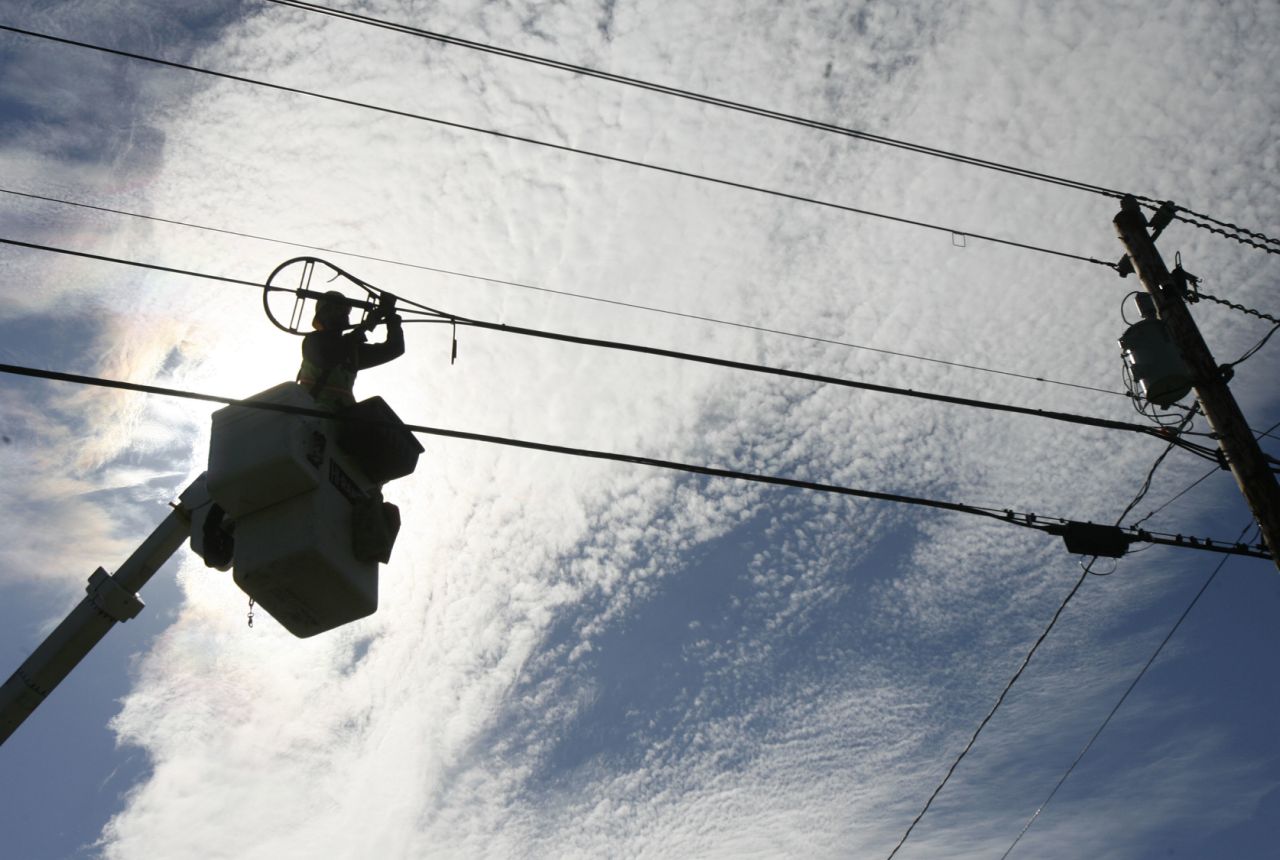

The Federal Communications Commission’s broadband map says Sharon Township, Mich., has a decent selection of choices for high-speed internet access. But people who live in that rural area, only half an hour’s drive west of Ann Arbor, disagree.
Where the FCC map, the preeminent resource to check for broadband availability, says two different DSL services and a couple of wireless-data providers offer connectivity, this township is effectively a broadband desert, where getting online at an acceptable speed can require getting in a car and driving somewhere with a quality connection.
This failure of the FCC map, which invites you to plug in street addresses to see which companies sell service there and at what speeds, extend far beyond this Michigan municipality. It’s built on old and fuzzy data filed by internet providers that sometimes don’t even know where they offer service.
And this stunted cartography of connectivity doesn’t just sandbag house hunters researching their biggest expense; it also holds back government efforts to cover broadband gaps–for instance, the 5G-broadband agenda the Trump administration outlined Friday that FCC chairman Ajit Pai said will include a $20.4 billion rural-connectivity fund.
Missing in Michigan
The FCC map says Sharon Township’s 1,737 residents (as of the 2010 Census) can choose between DSL connections from Frontier (FTR) or AT&T (T) and wireless-broadband service from two local providers, Air Advantage and Rural Reach, plus expensive satellite services with stringent data-usage limits.
But in reality, some of those services barely touch the township (Air Advantage) or no longer do (Frontier, whose site listed DSL available there until a Yahoo Finance query). And while DSL doesn’t have to be intolerably slow, in this part of Michigan, it and other services fail the FCC’s definition of broadband: downloads of 25 megabits per second and uploads of 3 Mbps.
“As far as we know, no one is receiving broadband services in our township,” said township supervisor Peter Psarouthakis. At the township hall, for example, he said the only viable option is paying nearly $500 a month for a Verizon (VZ) business wireless-data service.
(Verizon owns Yahoo Finance.)
Psarouthakis called the lack of “quality access to the Internet” the top issue there, even over improving mostly-unpaved roads—although residents overwhelmingly voted down a proposal to run fiber to every home at public expense last May.
Being stuck with slow or capped connections means a lot more than having to pay for a DVD subscription to Netflix (NFLX); routine online activities can require going to someplace with better bandwidth. Psarouthakis noted that he often drives to Ann Arbor to telework there, while resident Holly Qualman noted that parents have to stage a similar commute for kids who have to complete digital.

“Many parents are forced to take their children back to the school on weekends and weeknights to complete assignments while they sit and wait in the parking lot,” she wrote in an email.
This problem is sufficiently widespread and old to have earned its own catch phrase: the “homework gap.”
As FCC commissioner Jessica Rosenworcel said in April at a conference in Washington: “The homework gap exists in rural America, urban America and everywhere in between.”
Old and fuzzy data
The FCC map fails because of how the commission gets deployment data from providers. Its Form 477 only requires them to list the fastest connections sold per census block, an area that can correspond with city blocks or cover a much larger expanse, depending on population.
This data lags badly—June 2017 filings are the latest available—and we have to trust these providers to get it right.
[“source=yahoo”]





